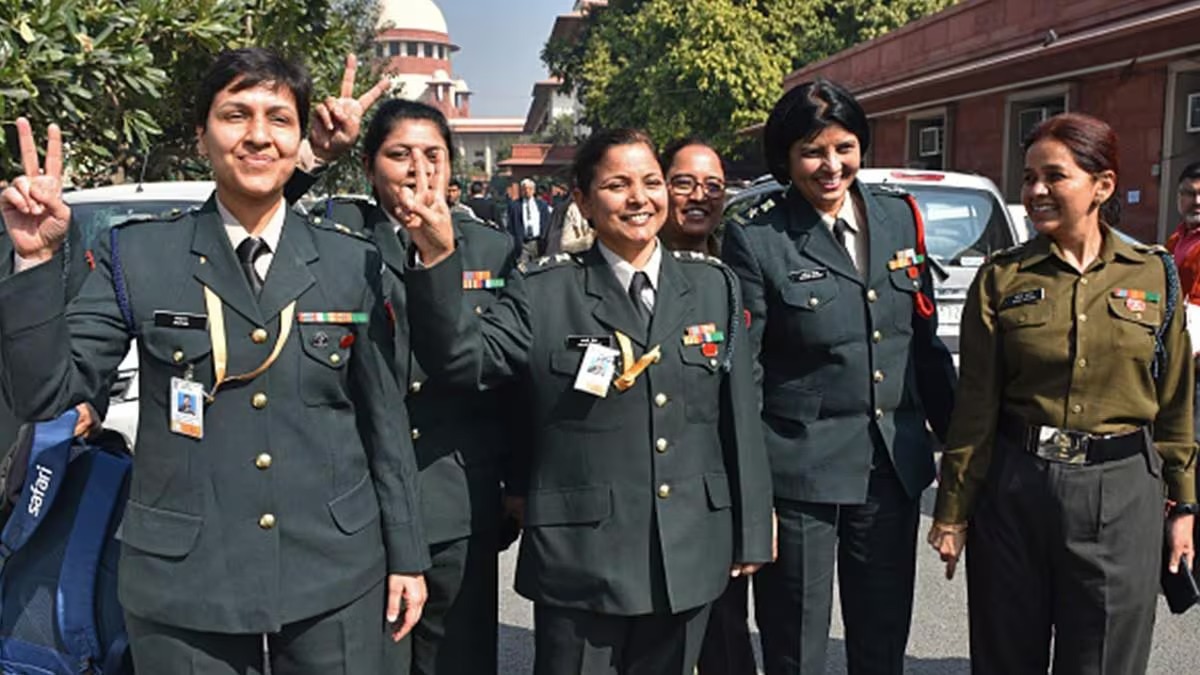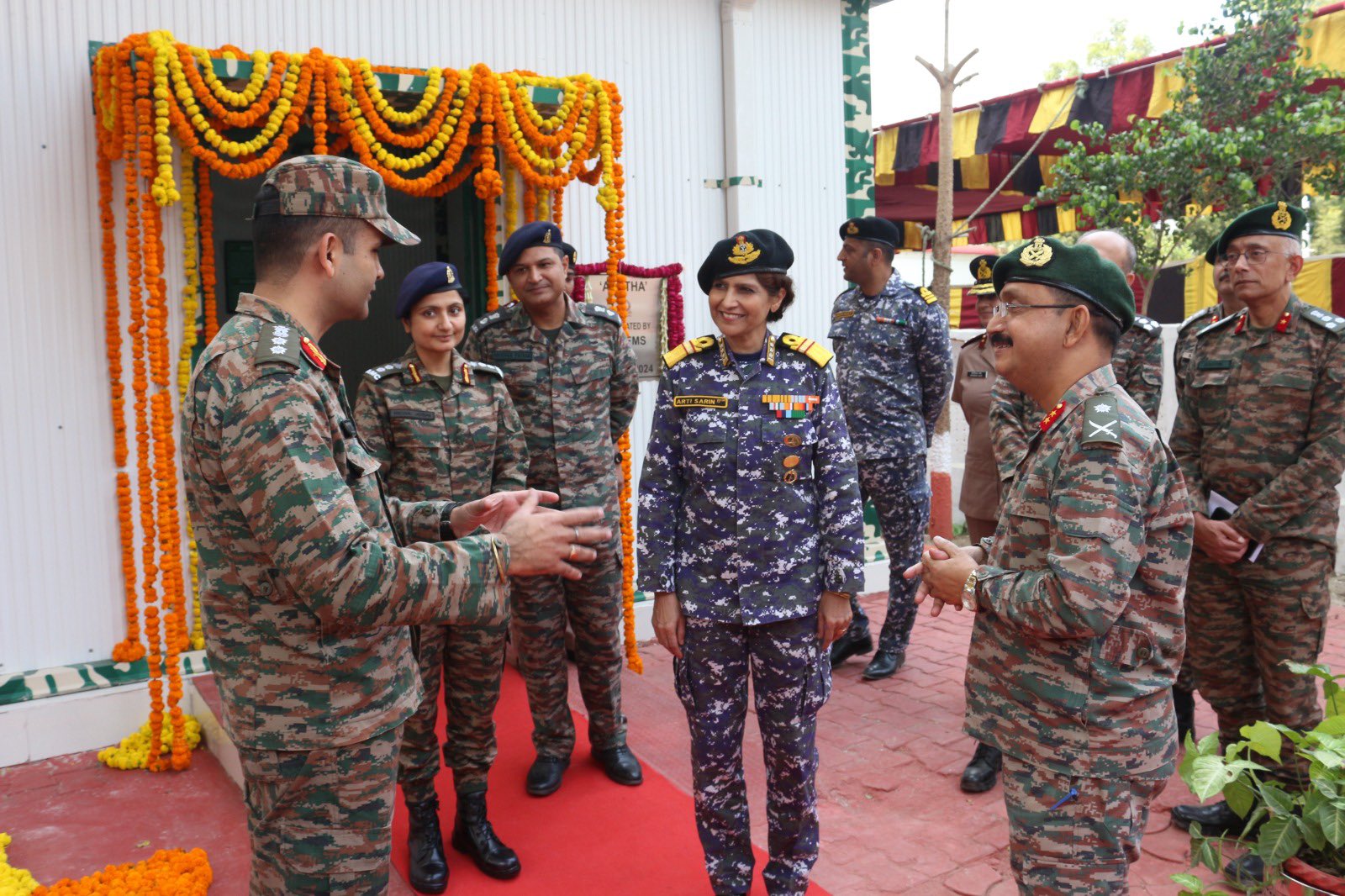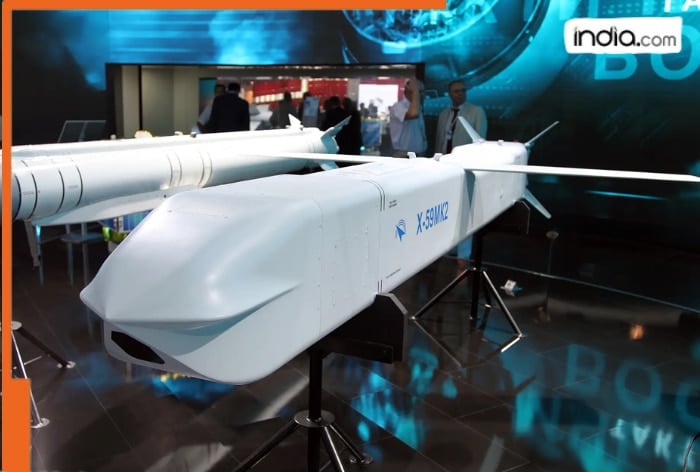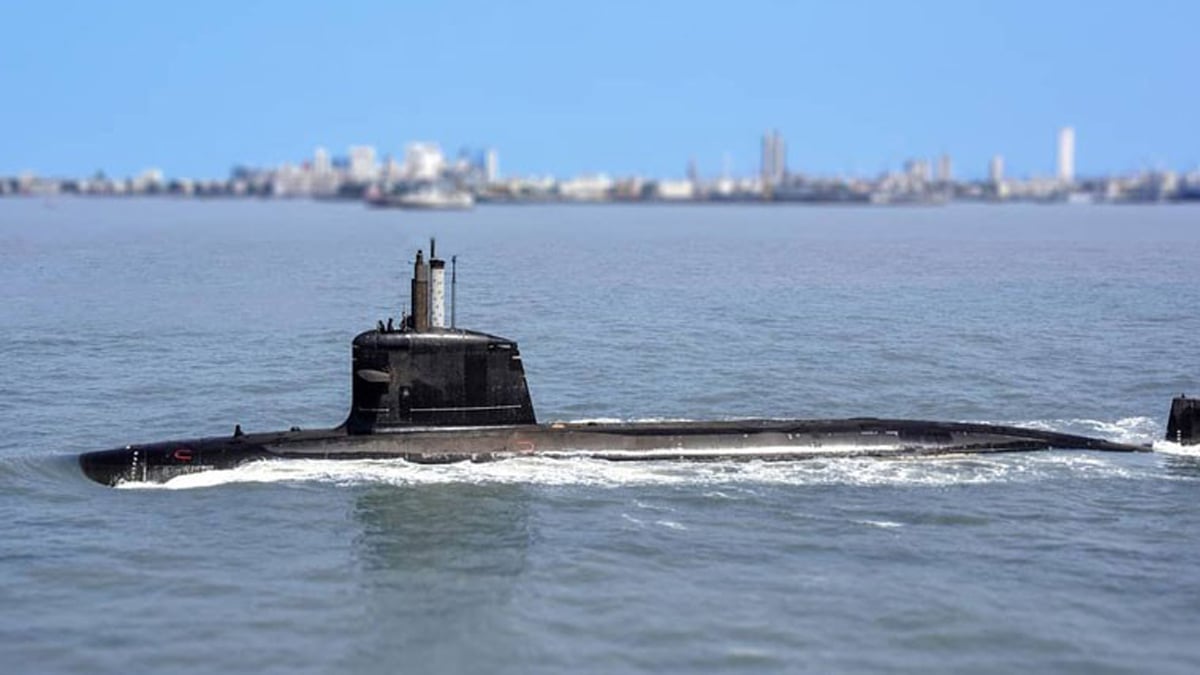Indian Army Unveils Revolutionary Tech to Extend Tank Engine Life and Reduce Fuel Consumption
In a significant advancement for India's defense capabilities, the Indian Army has embraced a groundbreaking technology designed to enhance the…
Army Officer’s Review Raises Concerns Over Challenges Faced by Women Commanding Officers
In a candid assessment of the integration of women Commanding Officers (COs) within the Army, a top officer has raised…
Indian Navy to Celebrate Navy Day in Puri with President Murmu as Chief Guest
The Indian Navy is poised to celebrate Navy Day in Puri on December 4, with President Droupadi Murmu anticipated to…
Surg Vice Adm Arti Sarin Visits Oncology Patients at Command Hospital Central Command
Surgeon Vice Admiral Arti Sarin, AVSM, VSM, Director General Armed Forces Medical Services (DGAFMS), visited the Oncology and Onco-Surgery ward…
Russia Offers Advanced Kh-69 Stealth Missile to Indian Air Force, Challenging Regional Balance
In a significant development that could alter the balance of power in the region, Russia has proposed the advanced Kh-69…
France Offers Advanced Pumpjet Propulsion Technology to Enhance India’s Submarine Stealth Capabilities
In a significant development for the Indian Navy, France has proposed the adoption of advanced pumpjet propulsion technology for India's…






